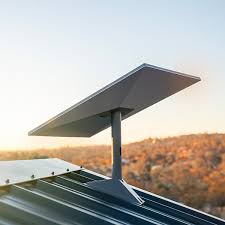Towards the end of November, there was an IEEE 802.11 conference in Thailand taking a look at what will eventually come to pass as what we will know as Wi-Fi 8.
As with all things tech, things move at a quick pace as standards and technology advance. These meetings and conferences are important to discuss these advancements and how they affect and consolidate the next standard.
They are a great opportunity for members of the IEEE to not only raise questions but be a part of technical proposals, as well as see what is coming up next in the world of Wi-Fi.
New developments have the potential to affect things like certification and products, so it’s really useful to get insider knowledge.
So what happened at this latest meeting and what will it mean for Wi-Fi 8?
You might be thinking, wait – Do we even have Wi-Fi 7 yet? The Wi-Fi 7 certification program is expected to be rolled out in 2023. But as always, there is always the next standard waiting in the wings! Things are advancing all the time and the next tech development is always on the horizon.
Currently, we’re waiting for the 802.11be standards to be finalised. The latest IEEE meeting had a look at this with a view to getting some of the more intricate details all ironed out ready.
The specifications for Wi-Fi 8 will likely be determined by the UHR (ultra high reliability) study group that studies various proposals.
Will mainstream Wi-Fi use the 60 GHz spectrum in the future?
There will have been various technical presentations as a part of the IEEE meeting, with different contributors vying for different approaches to the next standard of Wi-Fi.
An interesting potential consideration for Wi-Fi 8 was the use of the 60 GHz spectrum within mainstream Wi-Fi. WiGig, based within IEEE 802.11ad/ay, isn’t a popular choice within mainstream Wi-Fi when it comes to products.
There are contributors that want to change this for the next gen standards, particularly in terms of integrating AR/XR/VR and the like on the 60 GHz band.
Not everyone was pro this idea, with other contributors raising the fact that the 60 GHz band had been lacking in success. Instead, they want the UHR to study another area of the spectrum – sub-7 GHz – And look for Wi-Fi improvements there.
Of course, these meetings are the prime place for these discussions, with a view to identifying the best course of action for the next generation of Wi-Fi standard, and where the most enhancements can be found.
The outcome of these discussions within the IEEE 802.11be meetings and the UHR studies will ultimately shape what we will come to know as Wi-Fi 8. Nothing has been finalised yet, but watch this space!



